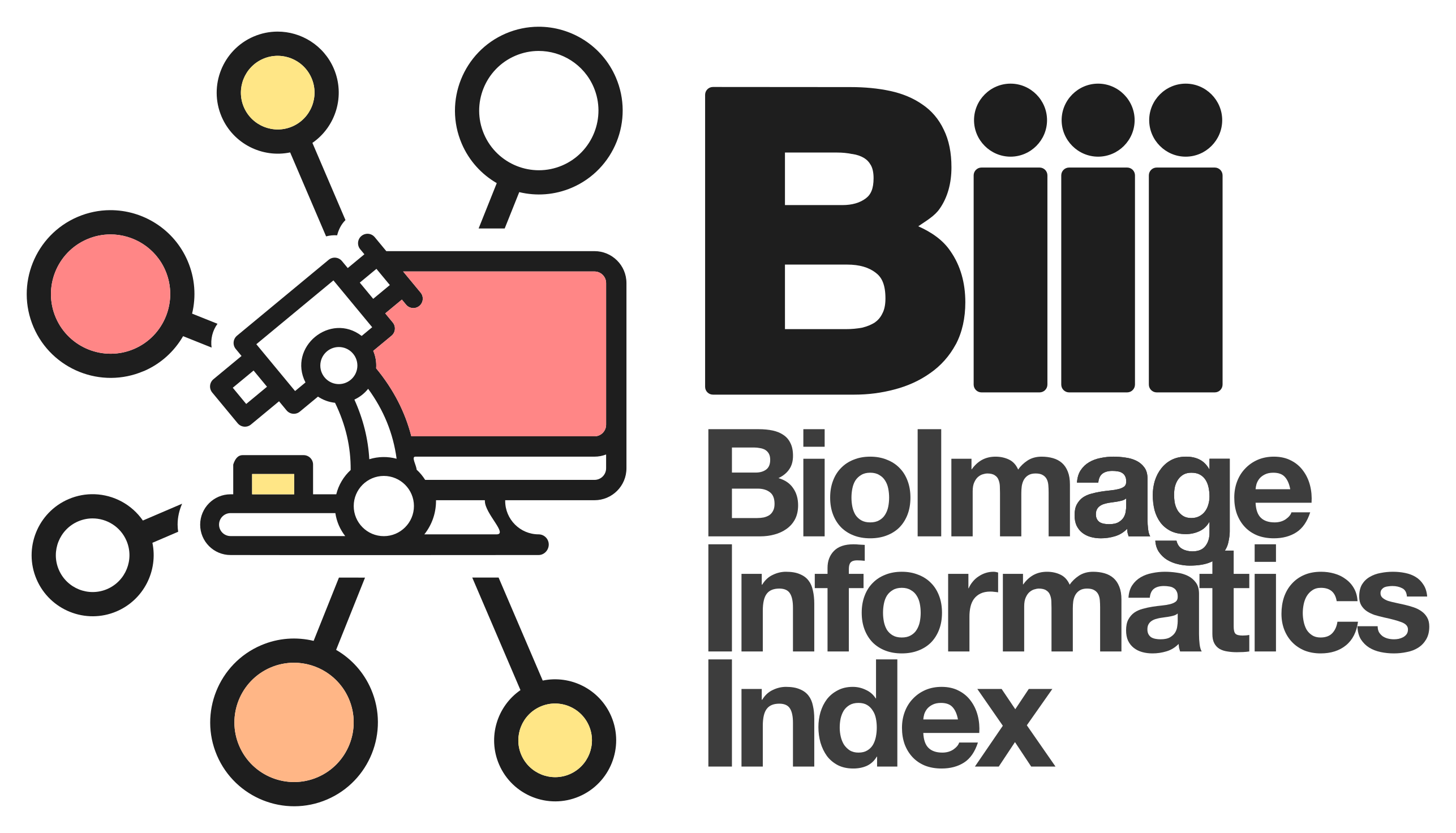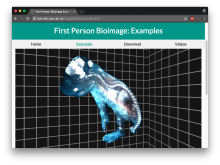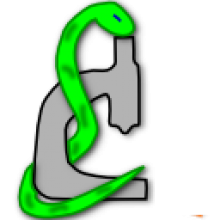Visualization of 3D images with Matlab
In this session we will use a 3D multichannel reconstruction of zebrafish larva to explore the visualization capabilities of Matlab. We will start from extracting and inspecting single slices and will continue with combining multiple channels, finally generating a surface rendering for visual colocalization analysis.During the process we will review methods for manipulating multidimensional arrays, including resizing, reshaping and conditional selection.


